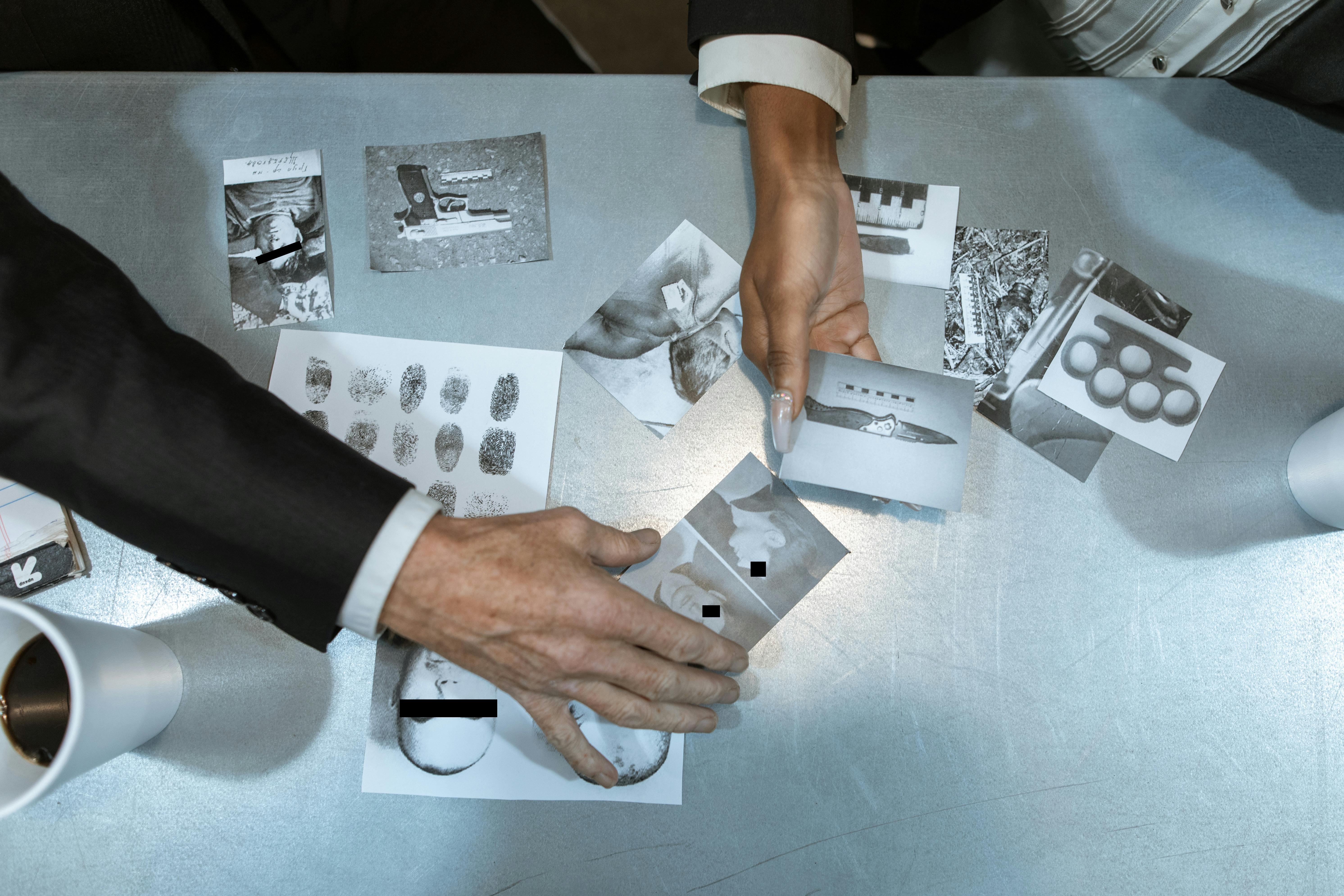What To Wear To Visit An Inmate In Jail

Visiting an inmate in jail can be a stressful and intimidating experience. It is important to know the rules and regulations of the facility you are visiting, as well as what you can wear when visiting an inmate in jail. This guide will provide an overview of what to wear when visiting an inmate in jail, so that you can feel prepared and confident for your visit.When visiting an inmate in jail, it is important to dress appropriately. Clothing should be modest and comfortable. Avoid wearing shorts, tank tops, or any other revealing clothing. Jeans and a shirt or blouse are generally acceptable. Additionally, avoid wearing any clothing with offensive language, images, or logos. Shoes should also be appropriate – no flip-flops or sandals. You may also need to abide by specific regulations for the facility; check with the jail prior to your visit for more information about their dress code.
Clothing Considerations for Visiting a Prison
When visiting a prison, the dress code for visitors is very important to adhere to. It is important to remember that all clothing must be modest and non-provocative. All visitors must wear clothing that covers their torso and legs. For example, no tank tops, spaghetti straps, halter tops or muscle shirts will be allowed. Additionally, shorts are not allowed and any skirts or dresses should be no shorter than mid-thigh.
Inmates must also abide by the same dress code when they leave their cells for visits. All inmates must wear clothing that completely covers their torso and legs. Inmates are also not allowed to wear clothing with offensive messages or logos on them.
It is also important to note that visitors should not bring any items with them into the prison such as weapons, drugs, alcohol or tobacco products. All items brought into the prison will be searched before entering and any prohibited items will be confiscated by prison staff.
By following these guidelines for proper clothing considerations when visiting a prison, both inmates and visitors can ensure a safe and secure visit.
What You Can Wear in Jail
In most jails, inmates are issued a set of standard-issue clothing that must be worn while in the facility. This clothing includes a uniform shirt and pants, socks, underwear, and shoes. In some facilities, inmates also receive a jumpsuit or other type of coverall that must be worn at all times. Inmates may also be allowed to wear sweatpants and sweatshirts during cold weather. Depending on the facility, there may also be restrictions on the type of clothing that can be worn in certain areas of the jail. For example, inmates may not be allowed to wear hats or hooded sweatshirts in certain areas such as the dining hall.
What You Cannot Wear in Jail
Inmates are generally not allowed to wear any type of jewelry or accessories while in jail. This includes items such as watches, bracelets, necklaces, rings, eyeglasses, and sunglasses. In addition, inmates may not be allowed to wear clothing with offensive graphics or logos on it such as gang-related symbols. Clothing with metal buttons or zippers is usually prohibited as well due to security concerns. Finally, inmates may not be allowed to wear clothes that are too tight or revealing such as shorts and tank tops.
Approved Shoes for Visiting an Inmate in Jail
When visiting an inmate in jail, it is important to be aware of the rules regarding footwear. Generally, inmates are only permitted to wear certain types of shoes when seeing visitors. This is to ensure that their feet are not exposed to any potential hazards during the visit. Inmates must wear closed-toe shoes with a non-slip sole and must be made of a durable material such as leather or canvas. Shoes must also fit securely and be free of any metal components, including buckles or zippers. Other items such as shoelaces are also prohibited and must be removed before entering the facility.
It is important for visitors to ensure their footwear meets the requirements set out by the facility before entering. It is also recommended that visitors bring a spare pair of shoes just in case any problems arise with their current pair. If a visitor is found with inappropriate footwear, they may be asked to change into another pair or denied entry into the facility altogether.
In addition to being aware of the rules regarding footwear, it is also important for visitors to keep their clothing modest and respectful at all times when visiting an inmate in jail. Visitors should avoid wearing anything provocative or revealing, as this may lead to embarrassment or discomfort for both parties involved. It is also wise for visitors to abstain from wearing any jewelry that could potentially cause harm if confiscated by the security staff on duty.
Visiting an inmate in jail can be an emotionally charged experience for both parties involved, so it is important that visitors comply with all rules and regulations set out by the facility before entering. By taking extra care and consideration when selecting approved footwear and clothing items, visitors can ensure that their visit goes smoothly without any issues arising from inappropriate attire or footwear choices.
Outerwear and Accessories for Visiting Inmates
When visiting an inmate in a correctional facility, it is important to be mindful of the items that are allowed inside. Clothing restrictions vary by prison, but generally speaking, inmates are only allowed to wear clothing that is plain, without any logos or symbols. This means that visitors must also abide by the same guidelines when picking out their own outfit. However, there are still a variety of outerwear and accessories that can be worn for visiting an inmate.
For outerwear, a simple cotton shirt or blouse is permitted in most prisons. A cardigan or light jacket may be allowed as well, depending on the weather conditions. Lightweight fabrics such as cotton or linen are the best choices for hot weather visits as they will keep the visitor comfortable during their visit. For colder temperatures, a heavier coat made of wool or synthetic materials may be more appropriate.
In terms of accessories, head coverings such as hats and scarves can help keep visitors warm during colder visits. Additionally, visitors may wear belts and jewelry such as earrings and necklaces to accessorize their outfit. Shoes should be comfortable and appropriate for walking long distances; sneakers or other closed-toe shoes are usually the best option in this situation. It is important to note that some prisons may not allow certain items such as sunglasses or watches; it is best to check with the prison beforehand to find out what items are allowed inside before showing up for a visit.
Overall, visitors should strive to dress modestly when visiting an inmate in order to avoid any potential issues at the entrance gate. By following these guidelines and paying attention to prison regulations pertaining to clothing items, visitors can ensure that their visit goes smoothly and without any issues related to clothing attire.

Dressing Appropriately While Visiting an Inmate in Jail
Visiting an inmate in jail can be a nerve-wracking experience. Many jails have strict regulations concerning what visitors may wear when they come to visit an inmate. It’s important for visitors to adhere to these rules and dress appropriately.
The most common rule is that visitors must not wear any clothing that has gang colors, symbols, or slogans on it. This includes items like jackets, hats, shirts, and shoes. All of the logos or words must be removed from these items before entering the facility. Additionally, visitors should avoid wearing revealing clothing such as shorts, skirts, tank tops, and low cut tops. Although the rules may vary from facility to facility, wearing clothing that does not expose too much skin is always a good idea when visiting a jail.
In some cases, visitors may also be required to wear shoes that cover their entire foot and remove any headwear before entering the facility. Some jails also have restrictions on how many items a visitor can bring with them when they come to visit an inmate. It is important to check with the jail ahead of time to find out what their specific rules are regarding visitation attire and belongings.
It is also important for visitors to be aware of their body language while visiting an inmate in jail. Standing too close or being overly friendly with inmates can be seen as inappropriate behavior by correctional staff and could lead to disciplinary action against the inmate or even denial of visitation privileges for the visitor in some cases
Rules on Dress Code While Visiting an Inmate in Prison
Visiting an inmate in prison can be a difficult experience, but it is important to keep the dress code regulations in mind. All visitors must follow the prison’s dress code policy during their visit. This includes wearing appropriate clothing and avoiding any items that may be considered inappropriate or offensive. Clothing that is too revealing or suggestive is not allowed, and visitors may be asked to leave if they are not dressed appropriately.
The following items are considered inappropriate for visiting an inmate in prison:
* Tank tops, spaghetti straps, halter tops, and midriff-baring shirts;
* Low-rise pants;
* Clothing with profane language or images;
* Short shorts, short skirts, and miniskirts;
* Beachwear;
* Flip-flops or backless shoes; and
* See-through clothing.
In addition to appropriate clothing, visitors may also be required to remove any hats or head coverings before entering the facility. It is important to remember that all visitors must comply with the dress code policy at all times while visiting an inmate. Failure to comply can result in being denied entrance into the facility or being asked to leave after already entering.
When visiting an inmate in prison it is important to remember the strict dress code regulations. Following these guidelines will ensure a successful visit for both parties involved and will help make a difficult situation more bearable for everyone involved.
Tips for Dressing When Visiting a Prisoner
When visiting a prisoner, it is important to dress appropriately. Not only will this help you maintain respect, but it may also be a requirement for your visit. Here are some tips to keep in mind when dressing for a prison visit:
• Choose clothing that is conservative and comfortable. Avoid anything that is too revealing or tight fitting. You should also avoid wearing any clothing with inappropriate images or messages.
• Wear shoes that are easy to take on and off, as you may be required to remove them for security purposes. Shoes should also be comfortable and appropriate for the weather conditions.
• Accessories such as jewelry should be kept to a minimum and not contain any metal items such as belt buckles or zippers. Any accessories should be simple and non-threatening.
• Avoid wearing bright colors, including red, which could be perceived as aggressive by prison staff.
• If you are uncertain about what is acceptable attire for the prison, contact the facility prior to your visit to confirm their dress code requirements.

Conclusion
Visiting an inmate in jail can be a daunting experience, but it is important to look presentable when doing so. It is best to wear clothing that is conservative and does not draw too much attention. Stick with neutral colors and avoid any clothing with profanity or gang-related symbols. Refrain from wearing jewelry, hats, sunglasses, and belts as this could be seen as a security threat. Shoes should be comfortable as visitors may have to wait for long periods of time. Finally, it is important to check the jail’s visitation policy before visiting as different facilities may have different regulations for what visitors can wear. Following these guidelines will help ensure that your visit goes smoothly and without incident.
Visiting an inmate in jail can be a difficult experience for everyone involved, but dressing appropriately can help make the process easier for all parties involved.
